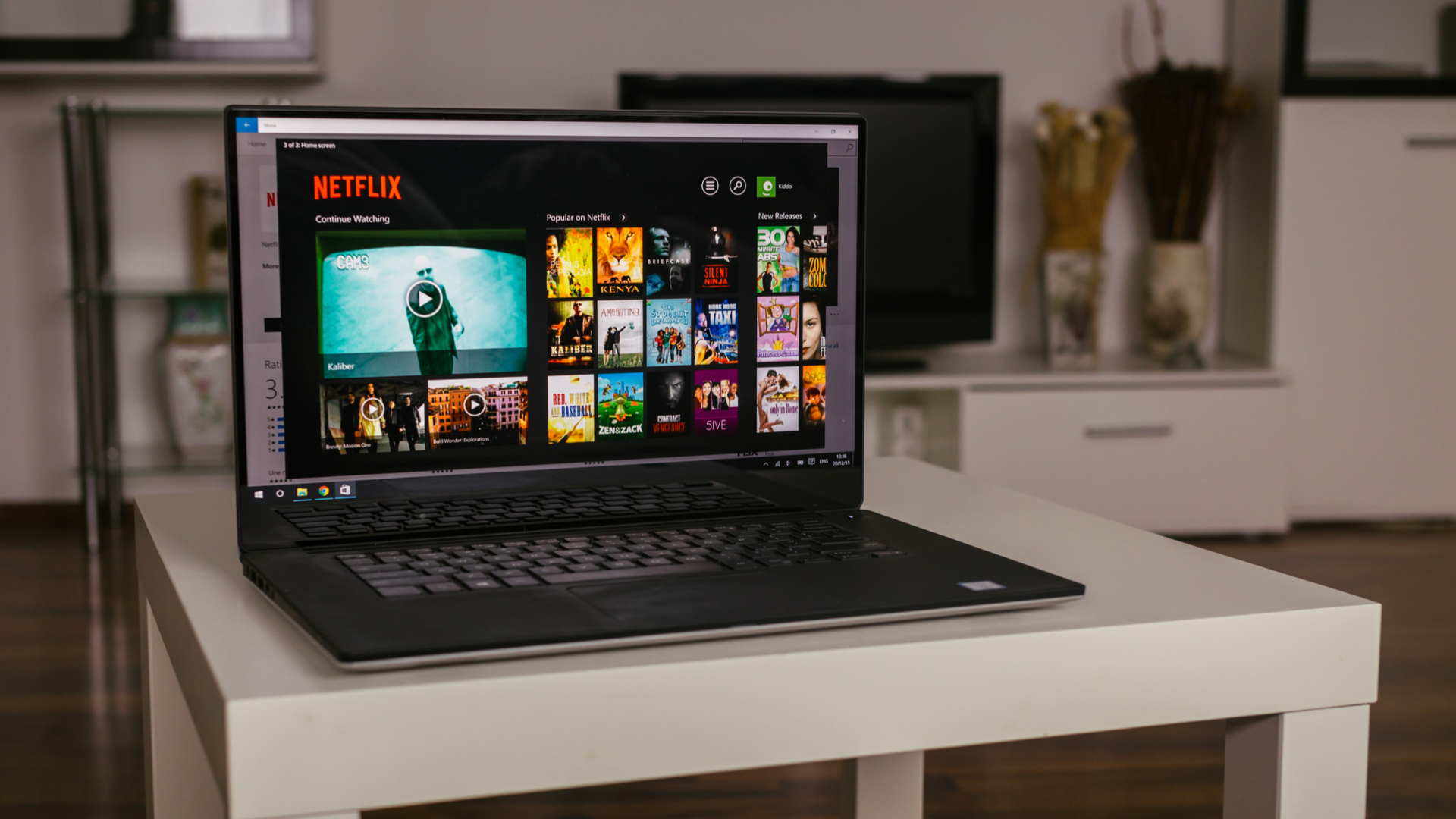How to unblock Netflix on Windows
Watch your favorite shows from anywhere in the world with a Windows 10 VPN

Discovered that even though your favorite TV shows and movies are listed on Netflix, you can’t watch them in the US? Netflix imposes geo-blocks that limit which shows you can watch in the US and which US shows you can watch abroad. Thankfully, you can get around these restrictions simply by using a Windows 10 VPN.
With the best VPN, you can spoof your location to the UK, Europe, or anywhere else in the world. In this guide, we’ll explain how to pick a VPN for Windows and set it up to unblock Netflix.
- Want more viewing variety? Here's how to change region on Netflix
Sign up for a reliable VPN service
Streaming shows online takes a lot of bandwidth. So, you need a VPN service that can reliably deliver content from Netflix without unwanted buffering breaks.
There are dozens of VPNs available, but not all of them boast equally high-quality server infrastructure around the world. Check out our guide to the best Netflix VPN services to find the service that’s right for you. Be sure to compare security features, too, especially if you plan to use your VPN for general web surfing in addition to streaming Netflix.
Download and install
Once you’ve settled on a VPN, you need to download and install the service’s app. Most VPNs offer a download link once you’ve finished the sign up process, but you may have to search for it on the provider’s website. However, Windows has possibly the largest number of compatible VPNs, so it won’t be a problem downloading a suitable client.
Once the executable file is finished downloading, double-click it. Windows 10 will automatically install the VPN client on your device. The process takes less than a minute, and then you can open the VPN.
Your VPN might also offer a browser extension, which can be helpful if you don’t want to install a desktop client or don’t have admin access on your computer. Just click the extension download link and it will automatically install to your browser. Keep in mind that the number of countries you can connect through may be more limited when using a Chrome VPN or another browser extension compared to using a desktop client.
Sign up to get the BEST of Tom's Guide direct to your inbox.
Get instant access to breaking news, the hottest reviews, great deals and helpful tips.
Set your location
By default, your VPN will likely connect to a server location in the country you’re physically located in. If you’re in the US, that won’t unblock content that’s only available in, say, the UK, so you’ll need to change your connection location.
From your VPN’s server list or location map, choose an UK VPN server. Your VPN will then automatically switch your connection, which usually takes a few seconds. Make sure you’re connected through the UK server before you navigate to Netflix in your browser.
Start streaming
Now you’re ready to start streaming. Open Netflix, log into your account, and search for the show you want to watch. If it’s available in the country your VPN is connected through, it’ll show up in the search results, and you can start streaming immediately.
Which VPN do we recommend for unblocking Netflix on Windows?
Not sure which VPN is best for watching Netflix? We recommend ExpressVPN. ExpressVPN reliably gets you past Netflix’s geo-blocks and offers server locations in 94 different countries. On top of that, ExpressVPN has apps for almost every device – so you can watch shows on a Windows computer, an Android smartphone, or even an Amazon Kindle Fire. All of ExpressVPN’s servers are optimized for streaming, and can offer speeds of up to 200 Mbps.
- Save big money with the VPN Black Friday deals
- Amazon users should have a look at the best Fire Stick VPN
- For a full walkthrough, see our guide on how to download NordVPN
Michael Graw is a freelance journalist and photographer based in Bellingham, Washington. His interests span a wide range from business technology to finance to creative media, with a focus on new technology and emerging trends. Michael's work has been published in TechRadar, Tom's Guide, Business Insider, Fast Company, Salon, and Harvard Business Review.

